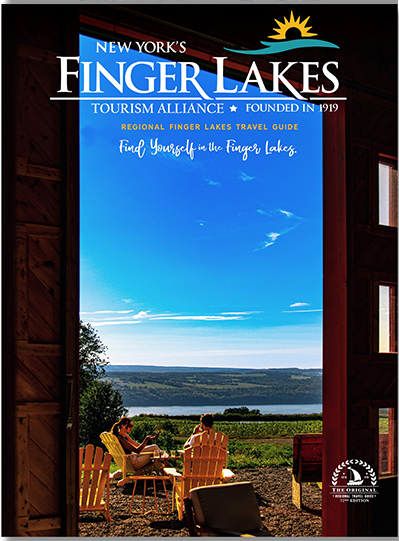Our riesling vineyard is our oldest planting of vinifera vines. Planted in 1995 by my father Irving, my brother Allen, Frank Rider, and myself.
This was pre-laser planting; just laying out a grid with a tape measure and a sharp eye. Plants were put in the ground by two people riding a planter pulled by a tractor and physically placing each vine in the ground as you crossed the "X" of the grid created for each vine.
The key to straight rows lay in the hands, and more importantly the eye, of the driver keeping the focus on the path of the tractor. I have to say, we did a pretty damn good job. The vineyard is well laid out and straight.
Our vineyard soil on the home farm is all Howard Gravelly Silt Loam with a couple small pockets of sand. The stone component of the gravel is heavy granite with some sedimentary rock. The loam lends an unwelcome fertility aspect that makes the challenge of controlling vine vigor a constant. We want the vines to be stressed and go deep to pull flavors and nutrients. Thus, we intentionally grow sod between the rows so the vines have to compete for water and nutrients.
Early exposure to the sun via leaf removal immediately post fruit set creates disease pressure relief but also assures skins that are somewhat thickened and mature along with the pulp at harvest. The heavy stone component to the soil helps destroy our bush hog on an annual basis but also lends a mineral based depth to the wines.
When the grapes ripen to the point that we start eating the fruit as part of our assessment to determine harvest time one of the flavors that really pops is a distinct peach/apricot flavor to the juice. At first it may be just a berry here and there, and you learn quickly to spot the slight visual cues to spot them, but eventually the whole cluster will gain this. At this point, we are nearing harvest. Monitoring the acid and being on top of when it starts to drop is crucial to attaining the proper juice to make the wine style of choice.
We make both a Semi Dry and Dry Riesling. Obviously, we need a higher acid level to balance a wine with residual sugar which creates at least two pickings. We have done as many as four as we experiment with different flavor and numerical ripeness levels and thus “tools “ for creating the wine of choice. It's always a pleasure of mine to walk amongst the tanks and pull different flavors from the spigots and blend them in a glass and pretend I’m a winemaker.
- Phil Davis
THE DAMIANI WINE CLUB
Join the Damiani Wine Club and become part of the family. You'll enjoy member savings, amazing experiences, and a down-to-earth attitude. Plus, you'll have first access to small production wines like our Rieslings.
